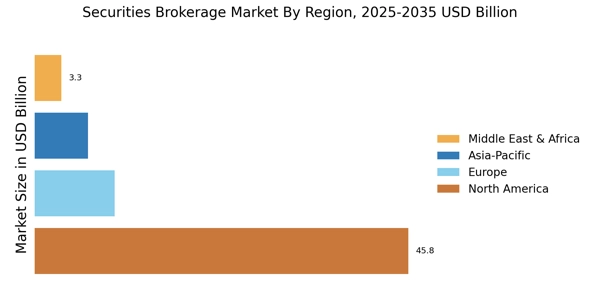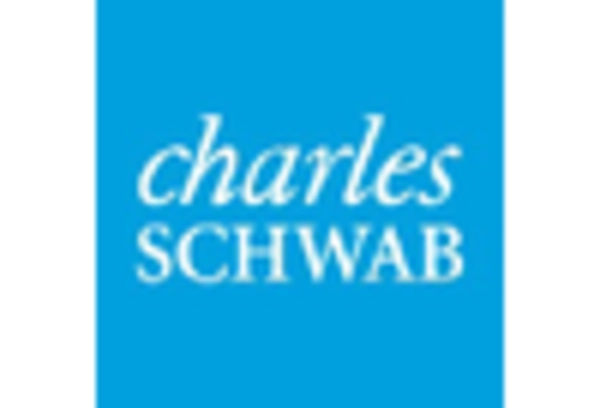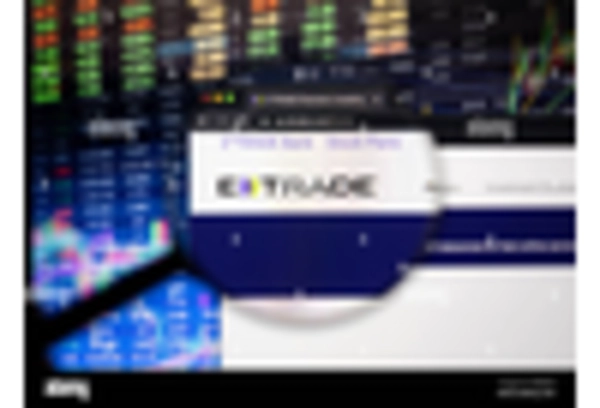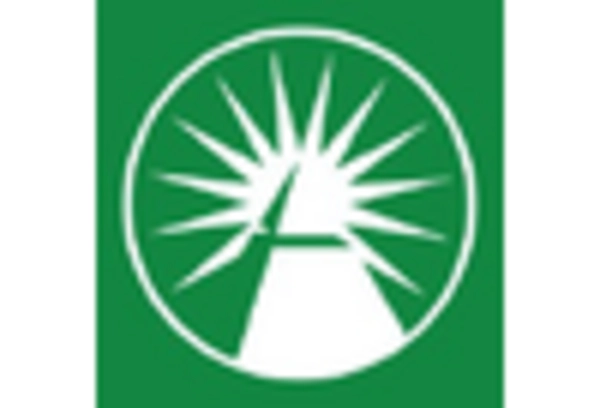Securities Brokerage Market Summary
As per MRFR analysis, the Securities Brokerage Market was estimated at 65.37 USD Billion in 2024. The Securities Brokerage industry is projected to grow from 67.28 USD Billion in 2025 to 89.74 USD Billion by 2035, exhibiting a compound annual growth rate (CAGR) of 2.92 during the forecast period 2025 - 2035.
Key Market Trends & Highlights
The Securities Brokerage Market is experiencing a transformative shift driven by technological advancements and evolving investor preferences.
- Digital transformation is reshaping the Securities Brokerage Market, particularly in North America, where technology adoption is prevalent.
- Artificial intelligence integration is becoming increasingly vital, especially within the fast-growing Robo-Advisory Services segment in Asia-Pacific.
- Regulatory evolution is influencing market dynamics, as firms adapt to new compliance requirements while catering to retail investors.
- Increased retail participation and technological advancements are key drivers propelling growth in both Full-Service Brokerage and emerging markets.
Market Size & Forecast
| 2024 Market Size | 65.37 (USD Billion) |
| 2035 Market Size | 89.74 (USD Billion) |
| CAGR (2025 - 2035) | 2.92% |
Major Players
Charles Schwab (US), Fidelity Investments (US), TD Ameritrade (US), E*TRADE (US), Interactive Brokers (US), Merrill Lynch (US), Morgan Stanley (US), Goldman Sachs (US), UBS (CH)


















Leave a Comment